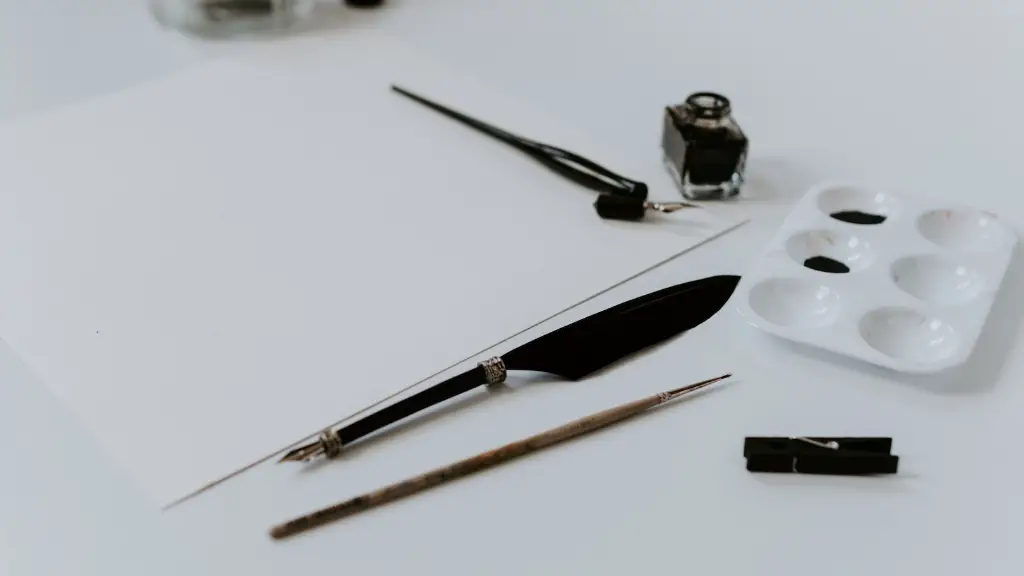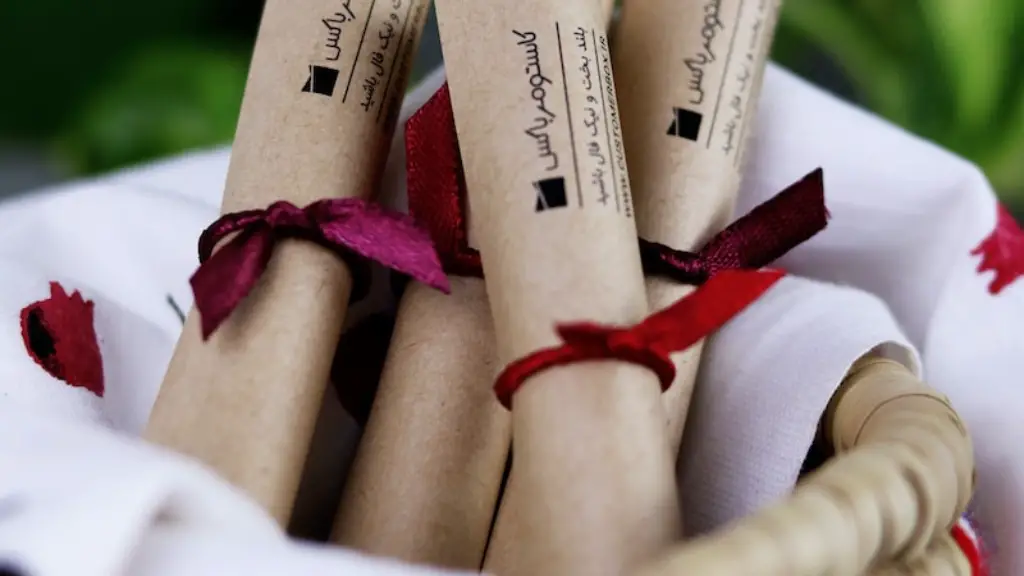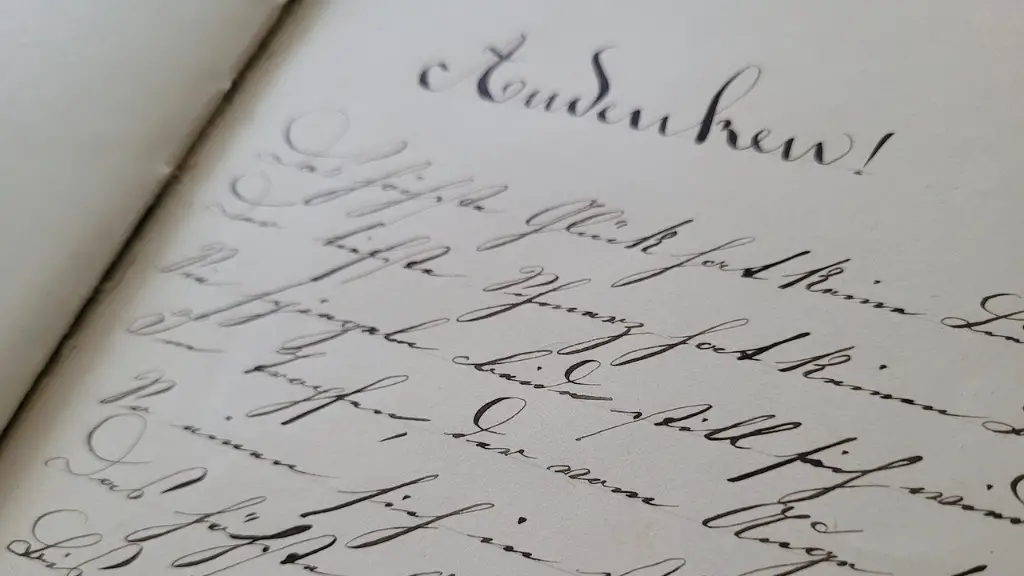Definition
Contrast in poetry means the intentional juxtaposition of two words or phrases to create an image in the readers’ minds that elicits emotions. By contrasting two different ideas, the poet is able to draw attention to the differences between the two, which helps to bring the message to life. It is also used to contrast an idea with its opposite, to add tension or suspense to the poem, or to emphasize the importance of certain concepts. Contrast can also be used to add depth to the poem by highlighting certain aspects, bringing out hidden meanings, or introducing a rhetorical element.
Types of contrast
The most common type of contrast used in poetry is antonymic contrast, which is the juxtaposition of two words or phrases that have opposite meanings. It can be used in a positive way, to emphasize the importance of certain topics, or negatively, to create a sense of tension or suspense. Other types of contrast include contrasting sounds, themes, ideas, images, symbols, and characters. Additionally, contrasting colors, such as black and white, can have powerful effects, both visually and emotionally.
Examples of contrast in poetry
One of the most memorable examples of contrast in poetry is Alexander Pope’s “An Essay on Man”. In the poem, Pope juxtaposes the idea of immortality and mortality through the use of a contrast between Heaven and Hell. He also contrasts light with darkness to emphasize the importance of faith and good works. Similarly, William Wordsworth’s “Ode: Intimations of Immortality” uses contrasting images of childhood and adulthood to shock the reader with the pain of growing up.
Illustrating contrast
Poets can use contrast to illustrate an idea or concept. For example, the poet may contrast a peaceful landscape with a turbulent sea to represent the uncertainty of life. Contrast can also be used to illustrate the changes or progressions of a particular concept. For instance, in William Blake’s “The Tyger”, he contrasts the majesty of the tiger with its cruelty, thus illustrating the duality of human nature.
Effect of contrast in poetry
The main effect of contrasting words or phrases in poetry is to elicit an emotional response from the reader. By contrasting two opposite ideas, the poet is able to bring certain messages or concepts to life and make them more meaningful to the reader. Additionally, contrast can be used to create tension and suspense, or to emphasize the importance of certain topics.
Creating contrast in poetry
In order to effectively convey contrast in poetry, poets must choose the right words or phrases. It is important to choose words that have opposite connotations, as this will emphasize the contrast between the two ideas. Additionally, the poet should choose words that have emotive qualities, as this will further draw attention to the opposing concepts and evoke an emotional response from the reader.
Visual vs Literary Contrast
The use of contrast in literature and poetry can be compared to its use in visual art. In visual art, the artist uses contrast to create a dynamic and compelling image, much like a poet uses contrast to create a powerful poem. Some of the similarities and differences between visual art and literature are the use of color, light and dark, size, volume, and texture.
Poetic devices
Contrast is also used to create poetic devices, such as oxymorons and antitheses. An oxymoron is the combination of two words with opposite meanings, such as “sad happiness” or “bitter sweet”. An antithesis is the use of two contrasting words or phrases, such as “life and death” or “love and hate”.
Language and tone
The use of contrast in poetry can also be seen in the language and tone of the poem. Poets often use contrasting language to evoke different emotions from the reader. For instance, a poet may use joyful language to contrast despairing language, or a poet may use optimistic language to contrast pessimistic language. The tone of the poem also plays a role in the contrast and in the emotion it elicits from the reader.
Rhetoric
Contrast can be used to create rhetorical devices, such as amplifying and downplaying. Amplifying is the use of two contrasting words or phrases to describe an object, such as “glorious majesty” or “fearful excitement”. Downplaying is the use of two contrasting words or phrases to downplay an object or idea, such as “meager wealth” or “pitiful poverty”.
Metaphor and imagery
Lastly, poets often use contrast to create powerful metaphors and images. For example, a poet may compare love and hate to light and darkness, or winter and summer to death and life. Contrast can also be used to create vivid images, such as the contrast between a deserted desert and a bustling city. By using these metaphors, the poet is able to create powerful and memorable images that evoke emotion in the reader.


